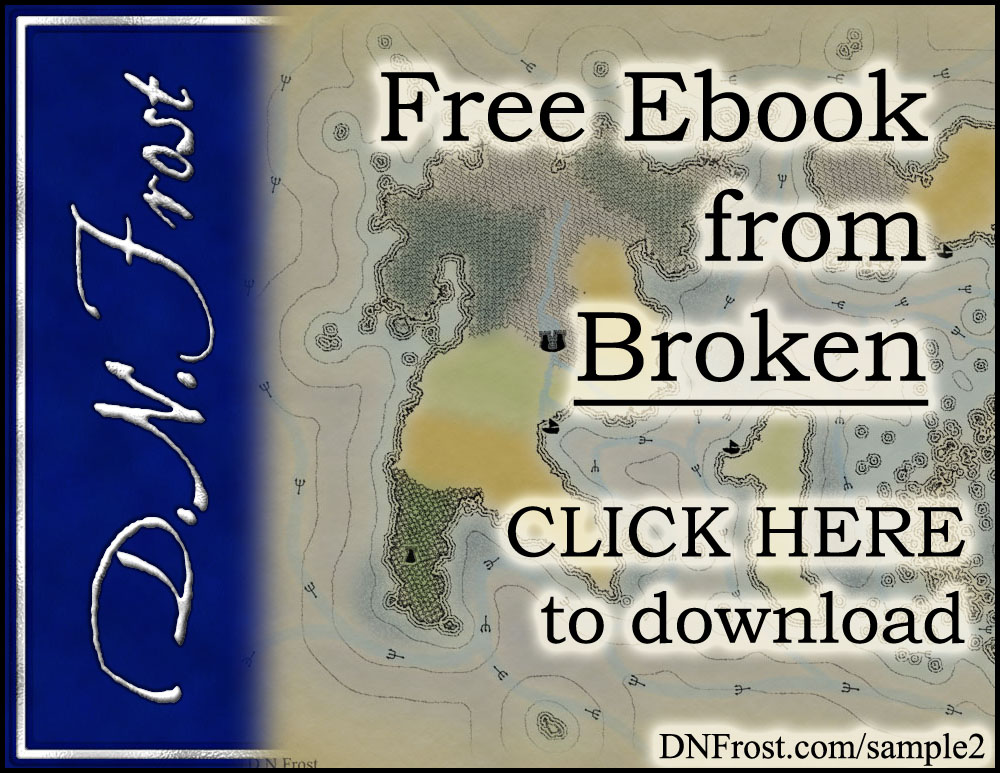This post is Part 3 of a series to augment the Author's Manifesto available for free download. Start with Part 1 here.
This and other inspirations of mine are gathered in the Spark Directory for you to explore.
Find more prophetic poetry in my Portents Directory.
In Part 1 of this series, I created my first poem. Throughout my high-school days, I used poetry as a means of emotional venting, railing against the overblown tragedies of teenage angst and distilling meaning from the carnage of the social scene. I read very little poetry outside of school, but still played with configurations of language to create rhyming structures within my own works.
With the onset of my trendy counter-culture obsession with Alice in Wonderland, I explored the complete works of Lewis Carroll and found inspiration in the riddling Cheshire Cat. Something about the fictitious feline helped me make the connection between the rhythmic undercurrent of poetry slam with the systems of poetic meter I'd learned in school. Soon, I was writing metered riddles for friends, divulging early clues to Christmas gifts encoded in rhyming blocks of ambiguity.
The foundation had been laid. From there, it was a small step to including riddles in my works of fiction. My college days were filled with collaborative, recreational writing, and my co-conspirators embraced my concocted puzzles with delight. They loved the way my riddles enhanced the stories we wrote together, and I reveled in the mastery of my contributions.
As college ended and I shifted from collaborative to solo writing, I used my poetic inclinations to re-craft the body of a rhyming prophesy within the manuscript of my first book. Two principles drove me - the prophesy had to be obscure enough to not divulge the full story to the uninitiated, but cohesive enough to make sense after the story had been read. I wanted the prophesy to be intriguing but not elucidating, only mirroring the plot events it predicts in retrospect.
Delighted with my results, I decided to write more prophesies for my Tales of the Known World saga. I started with a prophesy to open each of the book's four parts. In my mind, the prophesies had been foretold some years before the book, and they predicted the events of each section individually. I also wanted to incorporate both the book and section title in each of the four prophesies.
More than ever, I needed these riddles to both veil and convey the story to unfold, in a way that would intrigue readers without revealing too much. To my great satisfaction, I succeeded, through use of symbolic code-names, extensive metaphor, and unconventional syntactical structures.
That's it for this post! Up Next: A prophesy for every scene...
Download the Author's Manifesto here, or start your adventure below.
This and other inspirations of mine are gathered in the Spark Directory for you to explore.
Find more prophetic poetry in my Portents Directory.
In Part 1 of this series, I created my first poem. Throughout my high-school days, I used poetry as a means of emotional venting, railing against the overblown tragedies of teenage angst and distilling meaning from the carnage of the social scene. I read very little poetry outside of school, but still played with configurations of language to create rhyming structures within my own works.
With the onset of my trendy counter-culture obsession with Alice in Wonderland, I explored the complete works of Lewis Carroll and found inspiration in the riddling Cheshire Cat. Something about the fictitious feline helped me make the connection between the rhythmic undercurrent of poetry slam with the systems of poetic meter I'd learned in school. Soon, I was writing metered riddles for friends, divulging early clues to Christmas gifts encoded in rhyming blocks of ambiguity.
Check out this Author's Manifesto for more of my inspirations!
The foundation had been laid. From there, it was a small step to including riddles in my works of fiction. My college days were filled with collaborative, recreational writing, and my co-conspirators embraced my concocted puzzles with delight. They loved the way my riddles enhanced the stories we wrote together, and I reveled in the mastery of my contributions.
As college ended and I shifted from collaborative to solo writing, I used my poetic inclinations to re-craft the body of a rhyming prophesy within the manuscript of my first book. Two principles drove me - the prophesy had to be obscure enough to not divulge the full story to the uninitiated, but cohesive enough to make sense after the story had been read. I wanted the prophesy to be intriguing but not elucidating, only mirroring the plot events it predicts in retrospect.
Delighted with my results, I decided to write more prophesies for my Tales of the Known World saga. I started with a prophesy to open each of the book's four parts. In my mind, the prophesies had been foretold some years before the book, and they predicted the events of each section individually. I also wanted to incorporate both the book and section title in each of the four prophesies.
More than ever, I needed these riddles to both veil and convey the story to unfold, in a way that would intrigue readers without revealing too much. To my great satisfaction, I succeeded, through use of symbolic code-names, extensive metaphor, and unconventional syntactical structures.
That's it for this post! Up Next: A prophesy for every scene...
Download the Author's Manifesto here, or start your adventure below.
Liked this? Share, please!



No comments:
Post a Comment